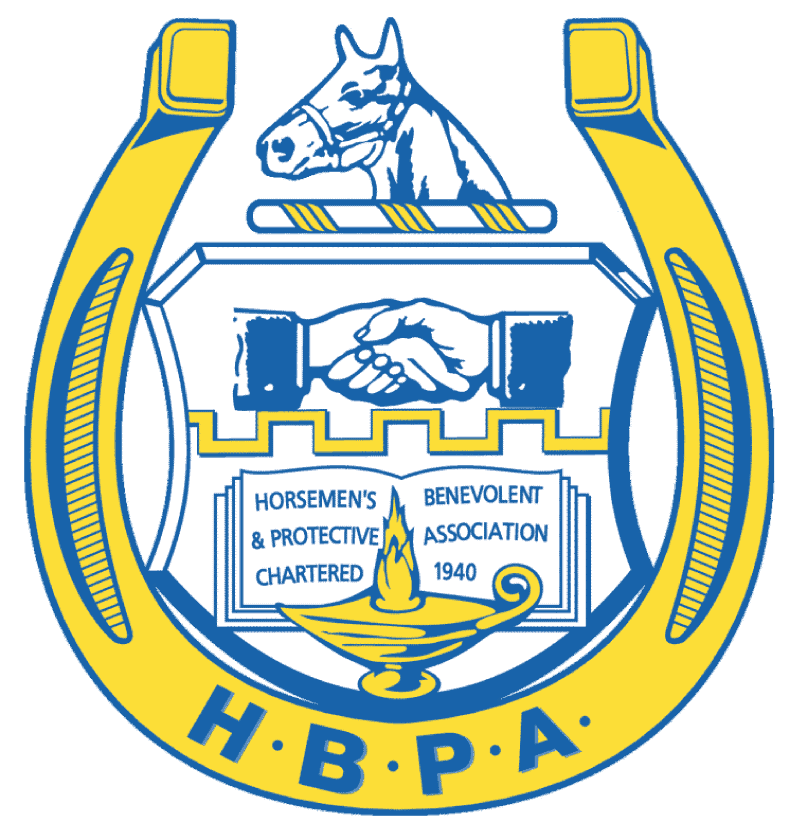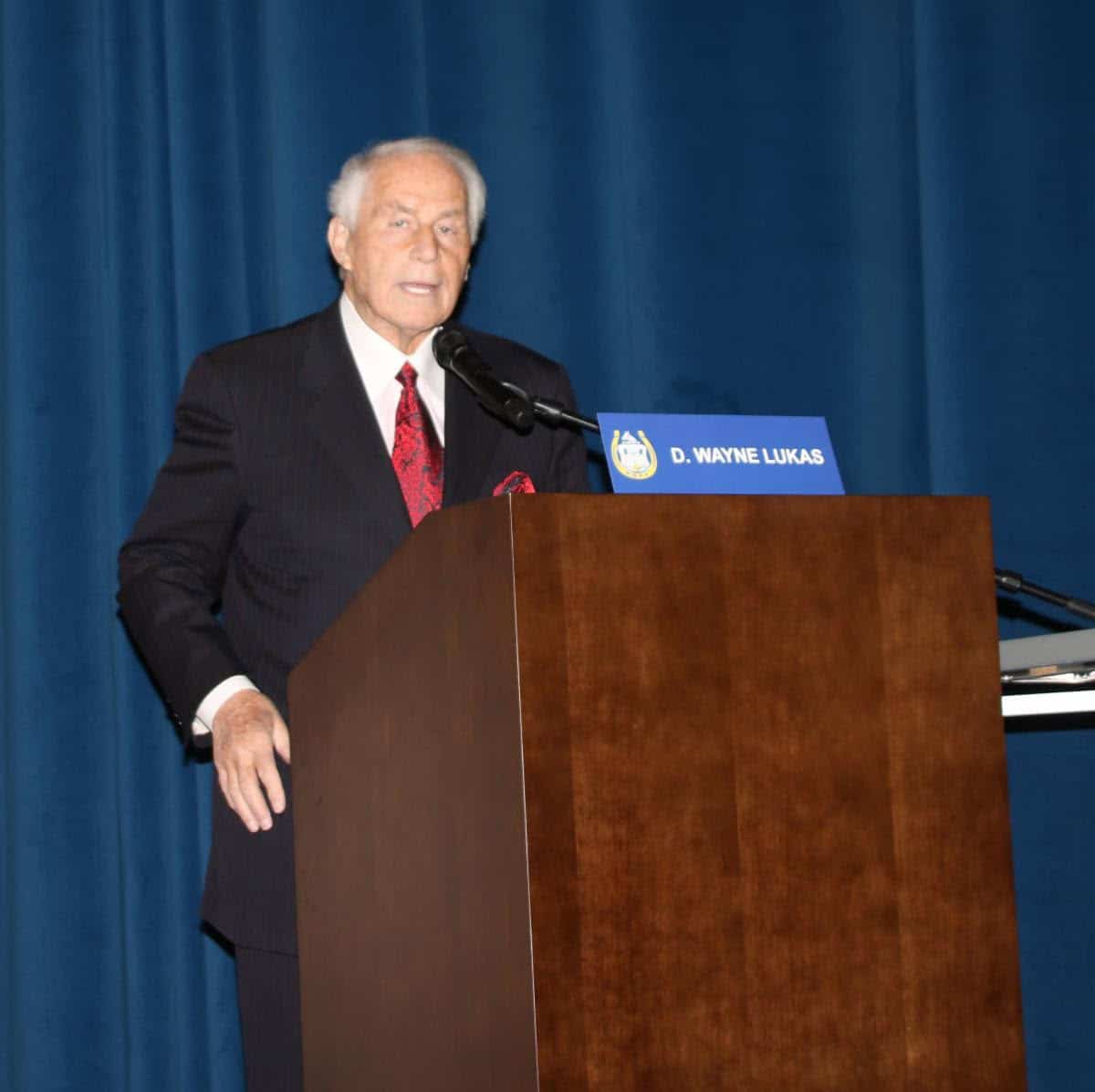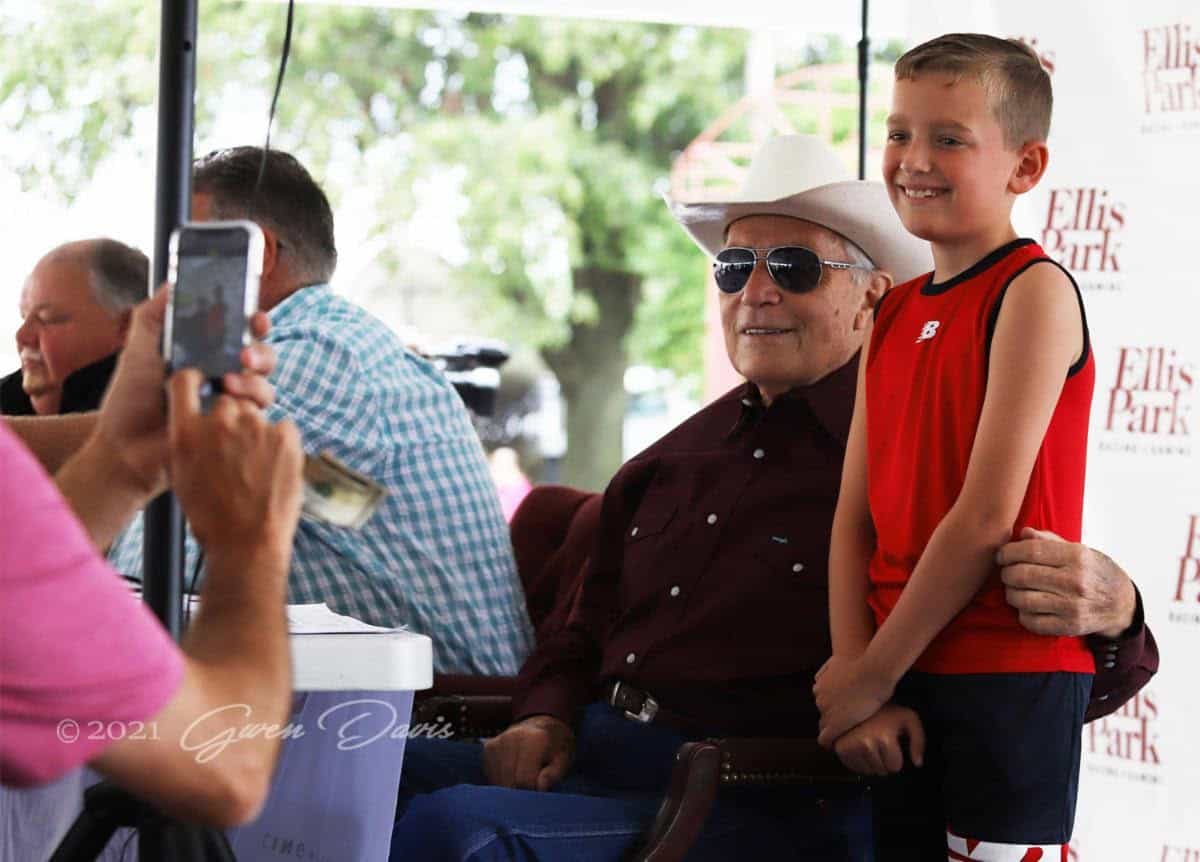Gulfstream, FHBPA Hope to Bolster Summer Meets
Blood-Horse
Average fields of just over eight horses per race might be enough for right now, but Gulfstream Park has the potential for fields larger than that during future summer meets, officials said.
That’s the feeling of the Florida Horsemen’s Benevolent and Protective Association as it joins Gulfstream in a stepped-up effort to increase field size during the track’s spring/summer racing program that is in its third year.
For three months starting July 1, Gulfstream and the Florida HBPA will split the payment of starter bonuses of $250 per horse on races with eight or more runners. During those three months, Gulfstream will pay the van costs for trainers who ship in horses to stable at its affiliate Palm Meadows Training Center and race at Gulfstream.
And for the first time, Gulfstream will leave Palm Meadows open year-round rather than close it for four months beginning in June. Gulfstream will not charge rent for stall space at Palm Meadows, located in Boynton Beach, through the end of this year.
The shipping policy and the changes at Palm Meadows are geared primarily to trainers who spent the 2014-15 winter at Palm Meadows and then took all or most of their horses with them when they returned north in late March or early April. Gulfstream is attempting to lure “snowbird” trainers to ship horses back and leave them to race in South Florida.
Gulfstream announced those initiatives in spurts over Memorial Day weekend, when it averaged 8.15 starters per race over five straight racing days through May 25. Thirty-one of the 47 races had eight or more starters.
For those days, Gulfstream’s average daily all-sources pari-mutuel handle was just under $4.4 million, according to Equibase charts.
Florida HBPA president Bill White pointed to industry studies showing that fields with between eight and 10 starters usually attract the most wagering per horse. He said that if Gulfstream can keep averaging field sizes above eight this summer, the results should be higher handle and the prospect of higher purses.
“When that happens there would be more incentive for horsemen who have been leaving for the winter to stay year-round, and when word gets out it would grow every year,” he said.
Gulfstream averaged a very impressive 9.5 starters per race and had average daily all-sources handle of $8.1 million for its 2014-15 championship meet that ended April 5.
Precise data for Gulfstream’s spring meet that began April 8 isn’t readily available. A review of Equibase charts indicates that field size and handle have been similar to Memorial Day weekend numbers, and that average daily purses have been about $230,000.
The fields in Gulfstream’s spring-meet races are made up of horses that are stabled year-round in South Florida, and horses that raced at Tampa Bay Downs during the winter. It was expected that snowbird trainers wouldn’t keep top horses in South Florida for the winter, but an influx would add quality.
“This is the first time in three years that Gulfstream can make plans without a possible conflict from Calder,” White said. “The horsemen are in this together with Gulfstream. The Gulfstream brand name is golden. They want to make summer racing as successful as possible.”
White referred to the bitter racing dates dispute between Gulfstream and neighbor Calder Casino & Race Course, located about eight miles west in Miami Gardens. The two tracks raced head-to-head on weekends from July 1, 2013, through June 30, 2014.
The tracks were preparing for the same competition beginning July 1, 2014, but they reached a settlement under which Gulfstream is leasing Calder’s racing facilities through the end of 2020. This year, as in 2014, Gulfstream will hold a 40-day race meet at Calder during October and November under the name Gulfstream Park West.
Gulfstream announced May 22 that for the first time it is keeping Palm Meadows open year-round, rather than close it for four months as some horsemen had expected. The Stronach Group owns Gulfstream and Palm Meadows, which traditionally been closed from either May or June through October.
About 200 of the training center’s 1,100 stalls are occupied.
Carlo Vaccarezza, a trainer based year-round in South Florida, said he is aware of several trainers who left Palm Meadows in April but would have kept some horses there if they knew it would remain open for the summer. Some are interested in bringing horses back to South Florida this summer, he said.
“Like always, (Gulfstream president) Tim Ritvo and (Gulfstream general manager) P.J. Campo wound up doing the right thing for horsemen,” Vaccarezza said. “If we can get even 100 horses back this summer, it will be a good start.”
White said he understands that almost all of the approximately 1,400 stalls at Gulfstream are occupied. Gulfstream has leased 430 stalls at Calder, “which is pretty much filled to capacity,” he said.
In April Calder demolished its other barns that had about 1,300 stalls. Churchill Downs Inc., Calder’s parent company, has designated that part of Calder’s barn area for future non-racing commercial development for which it has not yet announced details.





